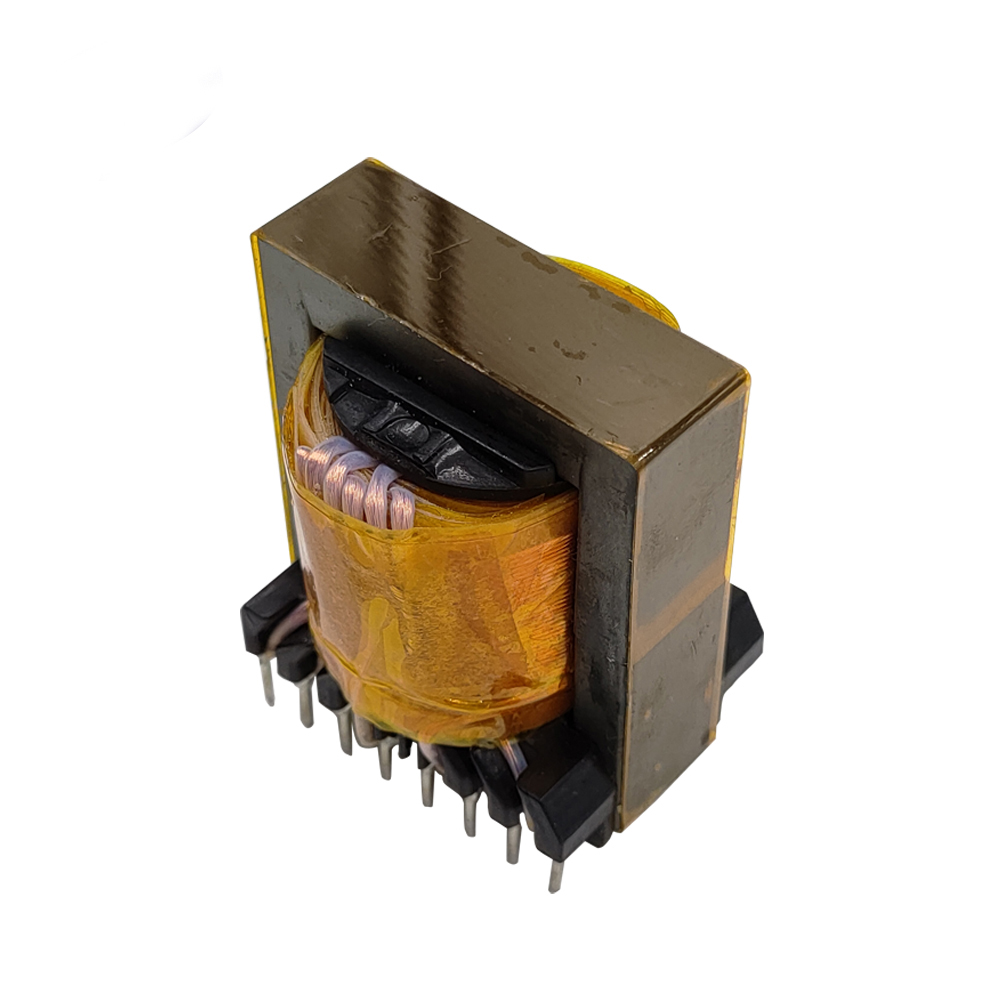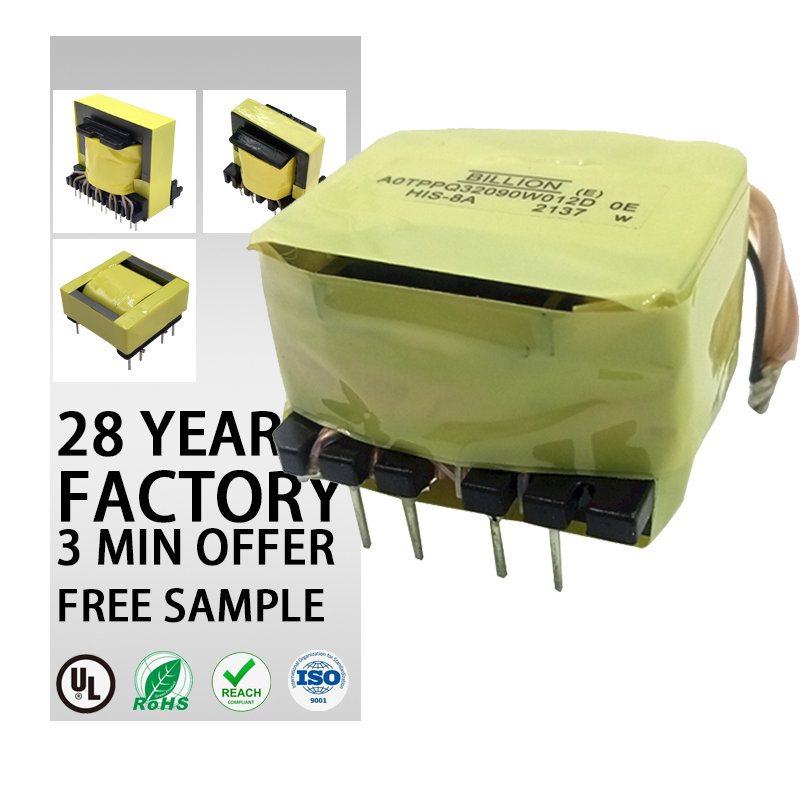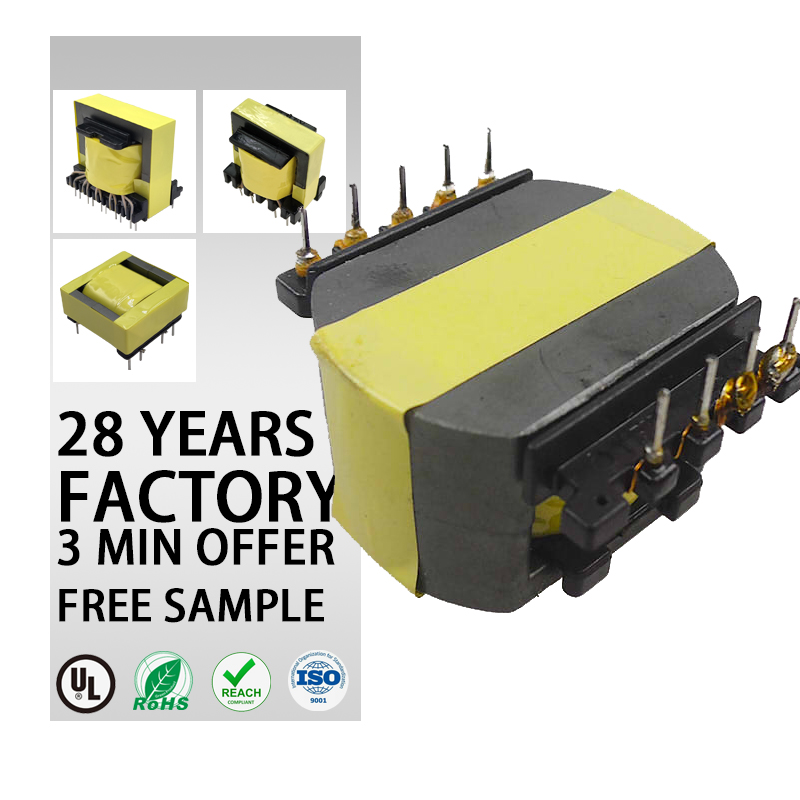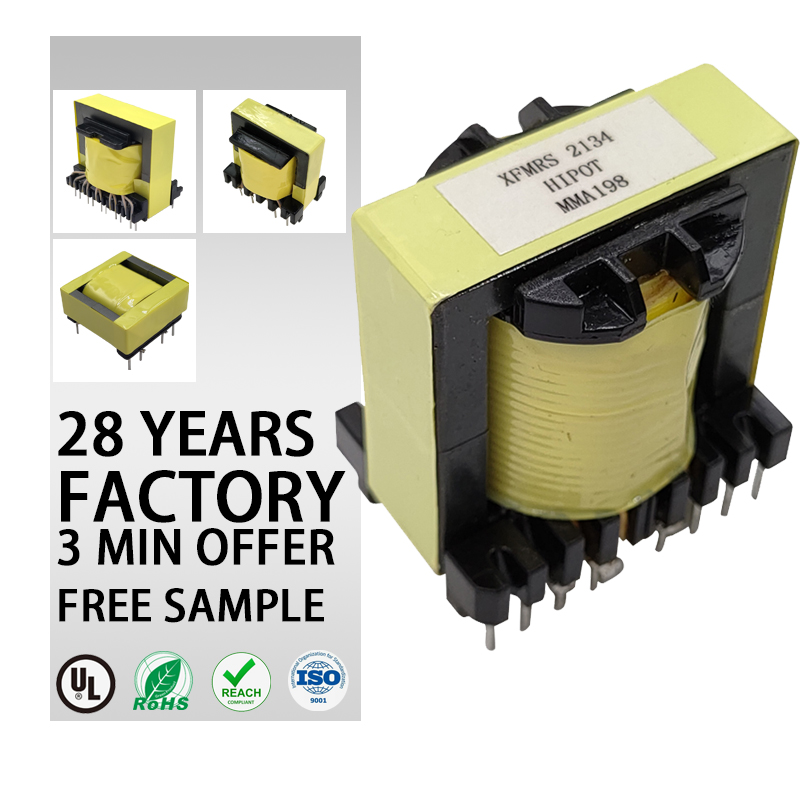What does an electric transformer do?
An electric transformer is a device that transfers electrical energy between two or more circuits through electromagnetic induction. It is used to change the voltage levels in an alternating current (AC) electrical system. Here’s a detailed explanation of its functions and principles:
Key Functions of a Transformer
-
Voltage Transformation:
- Step-Up Transformation: Increases the voltage from a lower level to a higher level.
- Step-Down Transformation: Decreases the voltage from a higher level to a lower level.
-
Isolation:
- Provides electrical isolation between circuits, which can enhance safety by isolating the high-voltage side from the low-voltage side.
-
Impedance Matching:
- Matches the impedance between different parts of an electrical system to maximize power transfer and minimize losses.
How a Transformer Works
Transformers operate based on the principle of electromagnetic induction and Faraday's law of induction. Here’s how it works:
-
Primary Coil:
- The primary coil is connected to the input voltage source (AC). When AC voltage is applied to the primary coil, it creates an alternating magnetic field in the transformer’s core.
-
Magnetic Core:
- The core, usually made of laminated iron, guides the magnetic flux generated by the primary coil. This flux induces a voltage in the secondary coil.
-
Secondary Coil:
- The secondary coil is where the transformed voltage is induced. The number of turns in the secondary coil compared to the primary coil determines whether the transformer steps up or steps down the voltage.
Voltage and Current Relationship
The relationship between the primary and secondary coils in terms of voltage (VV) and current (II) can be described by the following equations, where NN represents the number of turns in each coil:
VsVp=NsNp\frac{V_s}{V_p} = \frac{N_s}{N_p} IsIp=NpNs\frac{I_s}{I_p} = \frac{N_p}{N_s}
Where:
- VpV_p and VsV_s are the primary and secondary voltages.
- IpI_p and IsI_s are the primary and secondary currents.
- NpN_p and NsN_s are the number of turns in the primary and secondary coils, respectively.
Types of Transformers
-
Power Transformers:
- Used in electrical power distribution systems to step up (increase) or step down (decrease) voltage levels.
-
Isolation Transformers:
- Provide electrical isolation between two circuits without changing the voltage.
-
Autotransformers:
- Share common windings for the primary and secondary coils and can be used for both step-up and step-down transformations.
-
Instrument Transformers:
- Include current transformers (CT) and voltage transformers (VT) used for measuring and protecting electrical systems.
Applications
-
Power Distribution:
- Transforming high voltage from power plants to lower voltage suitable for household and commercial use.
-
Electronic Devices:
- Power supplies for electronic devices, adapters, and chargers often use transformers to convert mains voltage to a lower voltage required by the device.
-
Industrial Applications:
- Providing specific voltage levels required for various industrial machines and equipment.
-
Medical Equipment:
- Used in medical devices to ensure safety and proper voltage levels for operation.
Summary
An electric transformer is a crucial device in electrical systems for altering voltage levels, providing electrical isolation, and matching impedance. It operates on the principle of electromagnetic induction and is fundamental in power distribution, electronic devices, industrial machinery, and many other applications.
E-MAIL: pxsales3@goldeneagle-cn.com
Phone: +86-18979985376
NAME: JUDY










